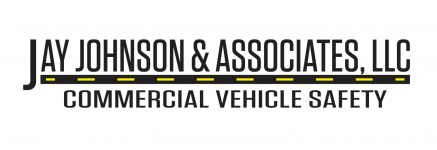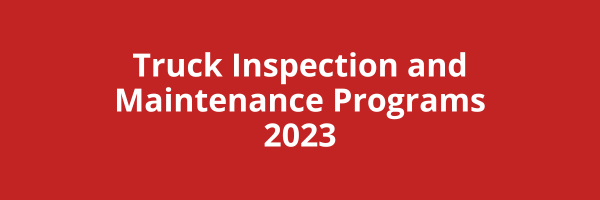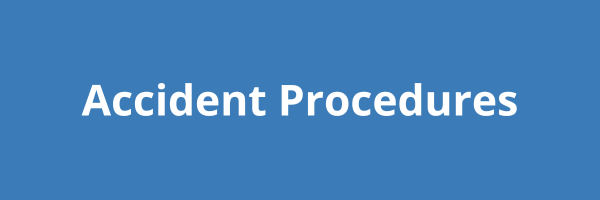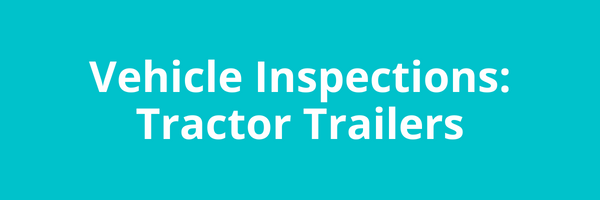What does a “compliant” maintenance program consist of? Is having “perfect” equipment without any deficiencies during a scheduled inspection considered a “red flag?” Can you answer those questions? Together, we can!
This webinar will cover:
- Maintenance program requirements outlined in T-49 CFR and T-13 CCR.
- Differences between the inspection requirements in T-49 CFR and T-13 CCR.
- How to document that the person performing the inspections is qualified.
This fast-paced webinar is for the mechanic, maintenance supervisor, and safety manager with maintenance program responsibility during a compliance inspection. We’ll demonstrate key points to cover during your equipment inspections and the required contents of a compliant maintenance file. We will also address items that will cause you to fail an inspection so you can be prepared to pass your inspections with flying colors!



















